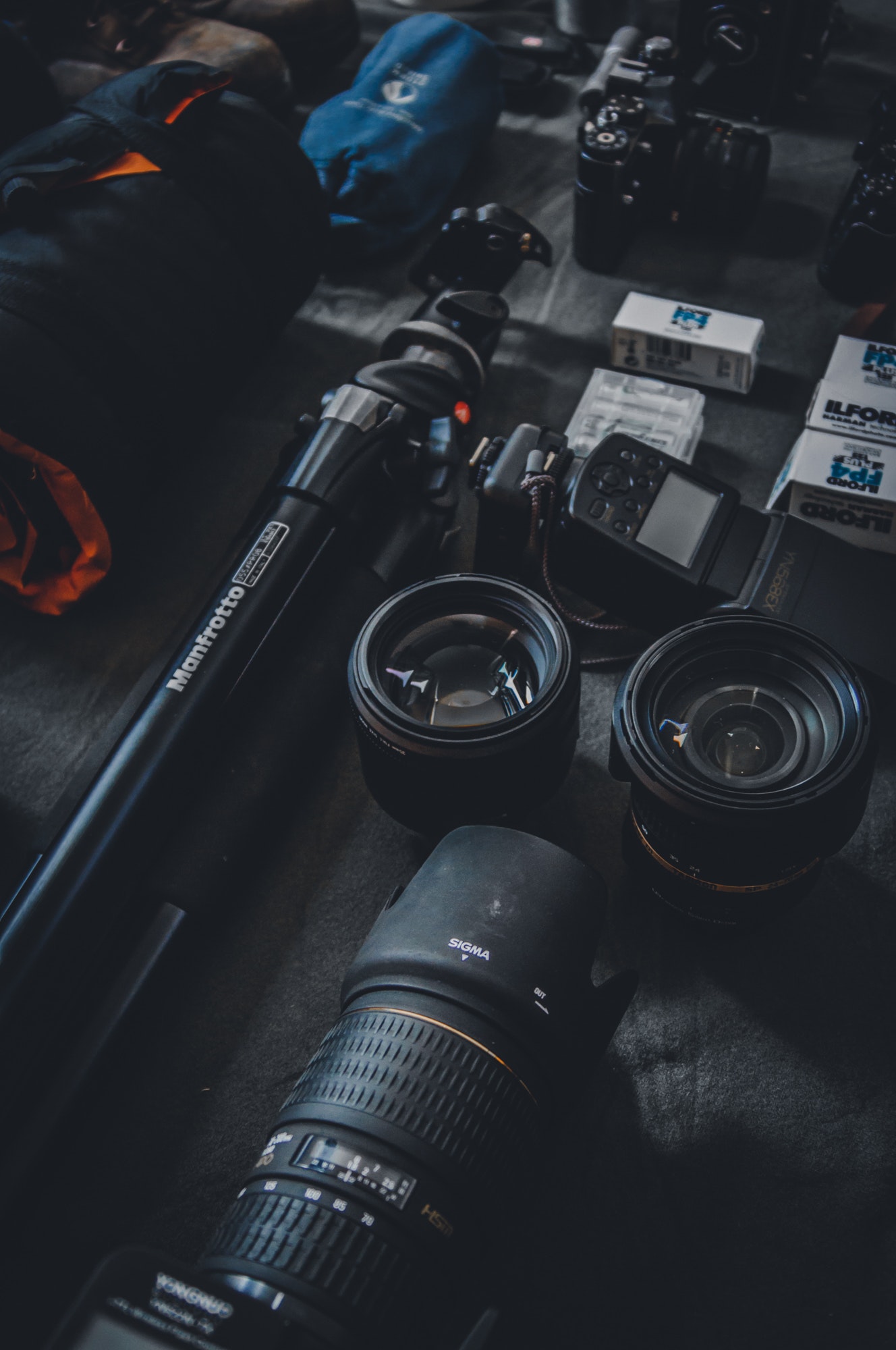The use of optical instruments in various spheres of life has long become commonplace. No one on the street is surprised by wearing eyeglasses, binoculars in a stadium, or an optical device on a hunter’s gun. However, technological progress has a rapid pace, and now you can see well at night, in fog, and a snowstorm. For a reasonably small price, a modern hunter can freely buy a night vision device or even a thermal imager. The game search is possible in any weather, lighting mode, and terrain conditions. It is worth understanding the variety of optical devices for hunting. Therefore we will try to explain what exactly everyone who wants to take advantage of the achievements of optical technologies can deal with.
Day optics for hunting and reticles (H2)
While hunting, the user can use several types of optical instruments. It can be binoculars, a monocular, a range finder, a laser sight, or just a day rifle scope. The main criterion for choosing the appropriate tool is to decide the purpose. Mobile and active surveillance require light equipment, such as a monocular. Thoughtful work in ambush or at long distances is more effective with the help of quality bulky binoculars. However, it is an optical scope used to hit the target accurately. The convenience of this device also lies in the fact that it can also serve as an instrument for observation, as it can perform the function of a monocular.
The principle of operation of daytime optics for hunting is simple: light rays enter the scope lens, pass through the image flip lens system and enter the user’s eye through the eyepiece. But the scopes differ from a simple monocular precisely in the presence of reticles. And on the area, there is a mechanism for entering vertical and horizontal corrections. The line of sight may not correspond to the trajectory of the bullet fired from the rifle. Therefore, it is sometimes necessary to adjust the scope during use. Some modern riflescopes are also equipped with an illuminated reticle. Since the reticle is poorly distinguishable against the background of foliage or branches, such a function usually has an additional setting, which allows you to view both the target and the crosshair in different light modes simultaneously.
Optical scopes exist with constant and variable magnification. However, telescopic sights have a smaller field of view than devices with continuous magnification. So, the device may have moving elements responsible for the observed object’s visual approximation.
Also, daytime optical sights can be divided according to mounting weapons into specialized and universal ones. But most modern weapons can be combined with any type of sight using Picatinny rails.
In general, the scope must match the characteristics of the user’s weapon. The high ballistic features of the gun require an appropriate attitude and work with high-precision content.
When choosing a daytime optical sight for hunting, it is desirable to know the level of light transmittance, the quality of image sharpness and contrast, the size of the field of view, the level of strength and sealing of the body, the presence of a nitrogen anti-fog system, and check the mobility of the adjustment and fastening elements.
An essential element of an optical sight for hunting is the reticle. This is a pattern of fine lines or unique markings built into the eyepiece to allow measurement during visual inspection. The applied reticle pattern can be replaced with a digital image in modern sights. Traditionally, the aiming image in an optical sight has a crosshair shape. Although this can be supplemented with additional features with concentric circles, graduated marks, triangles, etc. The crosshair is also convenient because it often has broad stripes closer to the edges and thin ones in the center, on which there are markings with dots at equal distances. This allows you to make measurements and corrections without additional instruments and calculations.
Night vision optics for hunting (H2)
Night vision devices are designed to observe objects at night or in low light when the brightness of the environment is simply not enough for the human eye. These devices can be used indoors if it is not possible or practical to use open, bright light sources. There are two main ways to classify night vision devices: according to their functional purpose and the generation of the image intensifier tube. Classification of night vision devices according to their practical purpose:
– night vision monocular is designed for observation with one eye using the magnification function from one to several times.
– night vision binoculars are needed for observing with two eyes with magnification from one to several times.
– night vision goggles are designed for observation with two eyes without magnification.
– night sight – mounted on small arms and designed for observation and aimed shooting.
The degree of efficiency of an image intensifier tube is conditionally measured by the marking (designation) of the generation of the night vision device. In fact, between Generation 1 and Generation 2, there is a vast difference in detection range, image clarity, and the presence of distortion. But in the subsequent Generation 2 and Generation 3, there are fewer differences in the main characteristics. Night vision goggles labeled as Generation 4 are just Generation 3 gadgets but slightly more expensive. Official military certification recognizes the existence of three generations of this type of instrument.
Thermal optics for hunting (H2)
All objects radiate heat. People, birds, animals, and running vehicles are heat radiation sources. This radiation is infrared waves, and pyroelectric sensor devices see them and register the temperature difference as the difference in readings between the sensors, creating a heat map visible to the user’s eye. In thermal imagers, the temperature distribution of the investigated surface is displayed on display or in the memory of the thermal imager as a color field, where a specific color corresponds to a certain temperature. But the efficiency of the thermal imager depends on the presence of obstacles to thermal waves.
There are the following types of thermal imagers for hunting:
– sights thermal imagers;
– monoculars;
– thermal imaging goggles;
– binoculars with a thermal imager;
– thermal imaging goggles.
Thermal imagers are an excellent example of how military technology has found its way into civilian life. By capturing images in the infrared spectrum, it is possible to accurately determine the location, body volume, sex, and type of game. It is advisable to choose hunting thermal imaging equipment from attachment – for observation (monocular, glasses, binoculars), for mounting on a weapon (sight), by matrix expansion, recognition range, lens size, and frame rate, by thermal sensitivity and so on.
Recall that the choice of tool depends on the work to be done. Tracking nocturnal animals, observing their migrations, feeding places, and subsequent hunting for them dictates the option of scope or binoculars with night vision functions or a thermal imager. So it is with hunting.
Do not rush to spend a lot of money on an advertised or cutting-edge device. Proper selection of equipment takes time. However, it is better to try everything and draw your conclusions.






